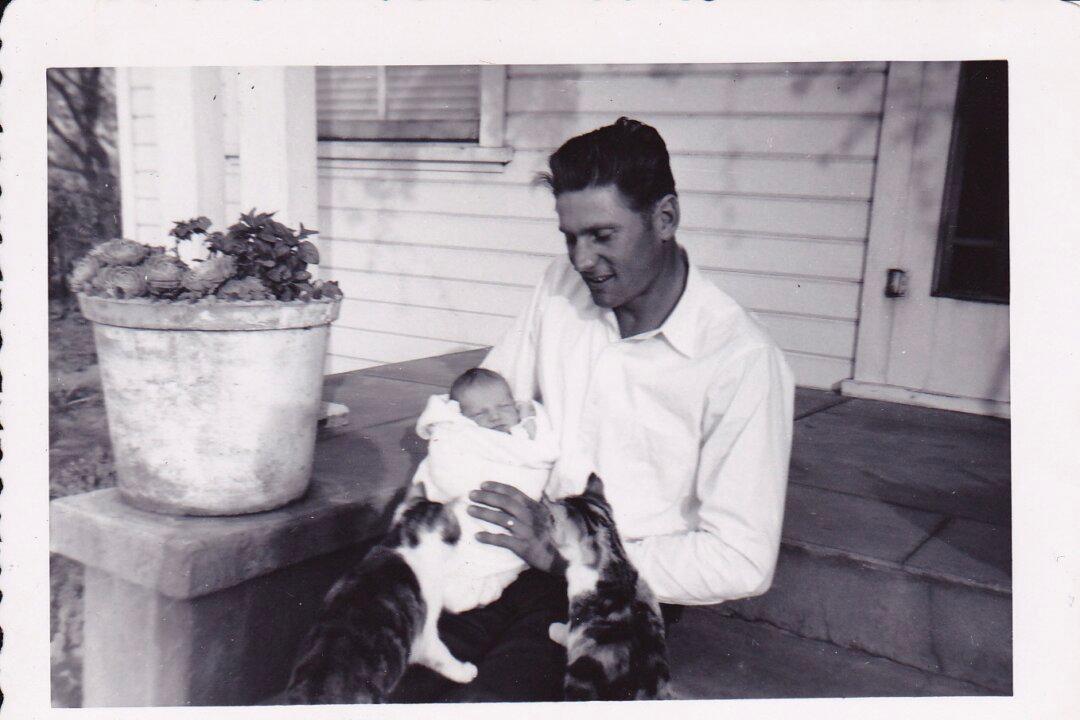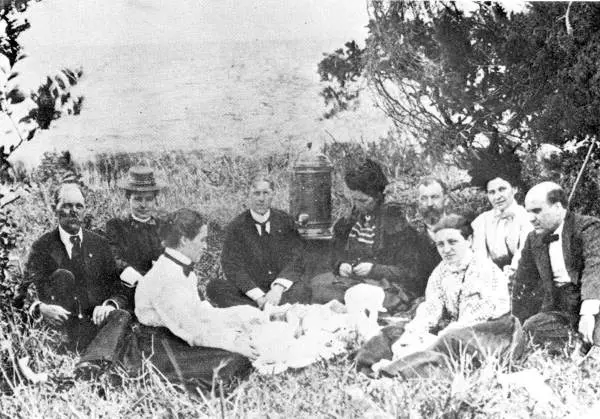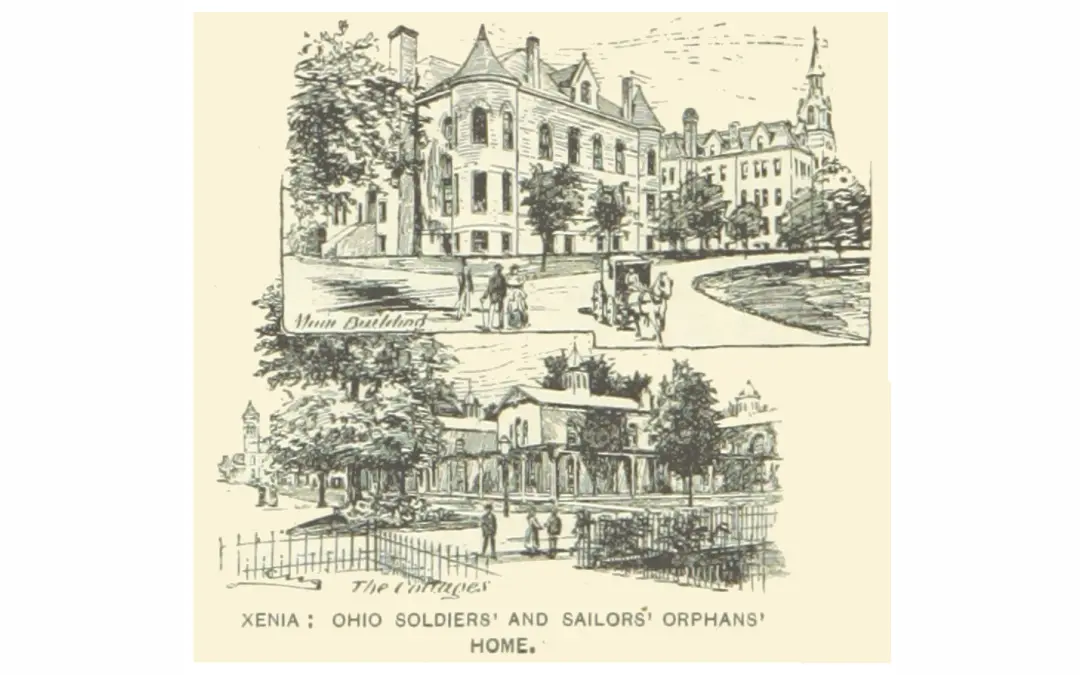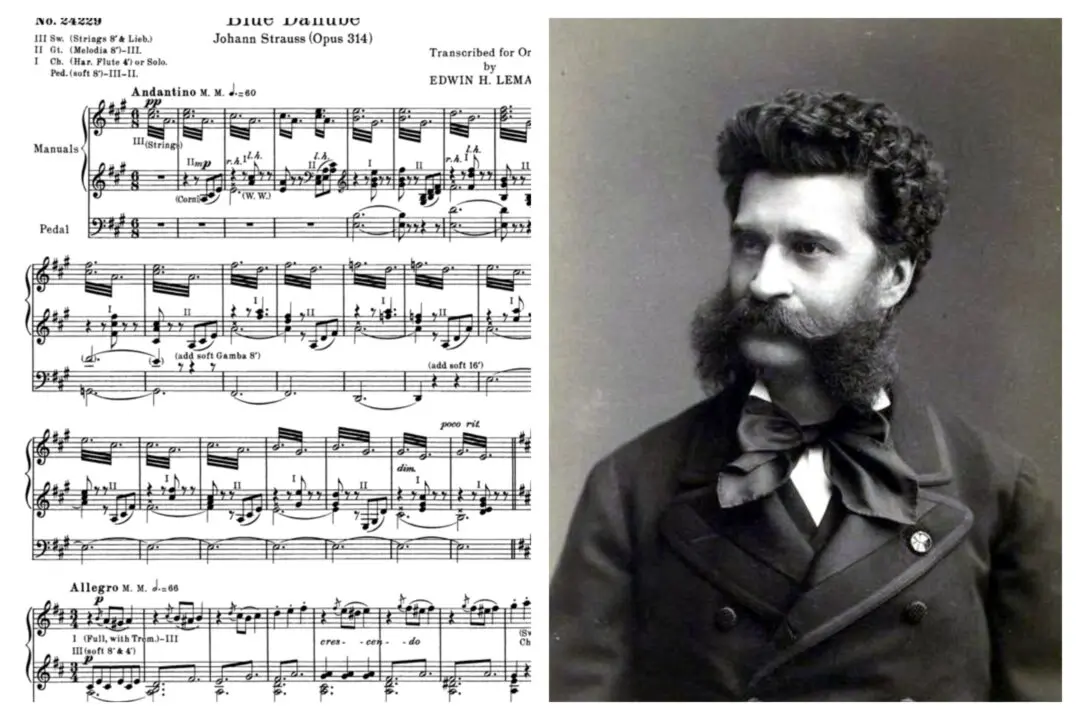War hero, farmer, and family man, my grandfather was among the last of the old breed. The son of Swedish immigrants, his father had his surname, Bengtsson, anglicized when he came through Ellis Island. Thus Carl “Benson” was born in 1923. Growing up in California during the Great Depression, Carl described how he would make “chewing gum” from the tar in pavement cracks as he walked to school barefoot. He worked the family farm where his parents raised cows, grew alfalfa, and made dried fruit from peaches and apricots.
He joined the U.S. Army during World War II, traveling to Italy, France, and Germany. During an attack on the Bavarian town of Bruckenau, Carl and three other men undertook “a daring mission” of reconnaissance, according to Capt. Joseph Carter, author of “The History of the 14th Armored Division.” Moving across open terrain ahead of the main force, avoiding mortar shells, snipers, and bazooka-fire, they reached a group of besieged soldiers and obtained information necessary to seize the town. For his service, Carl received a Bronze Star.





